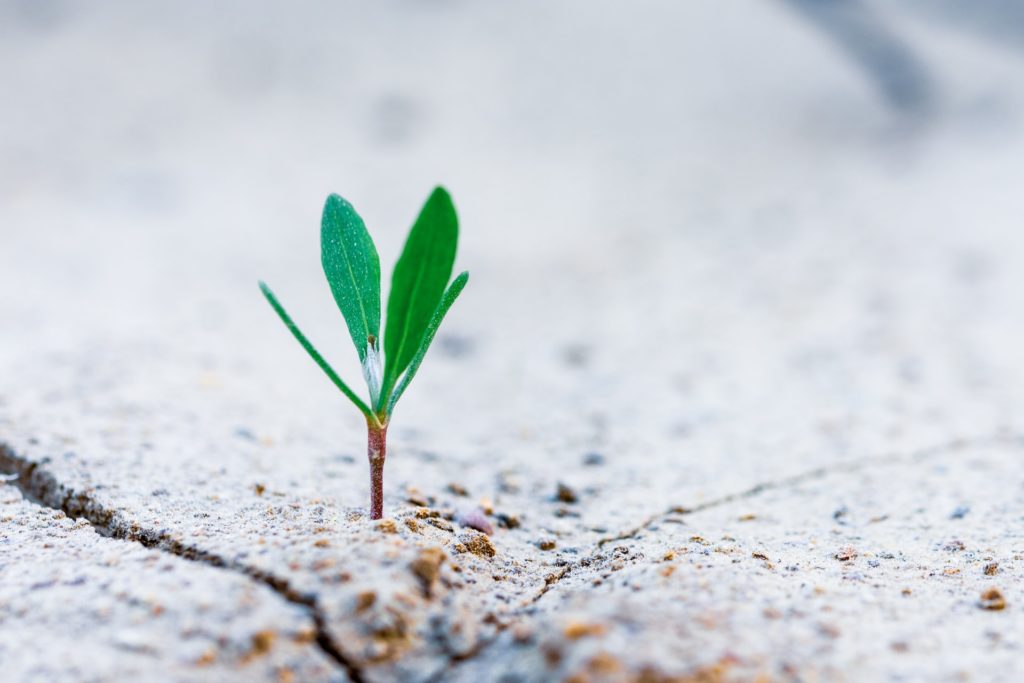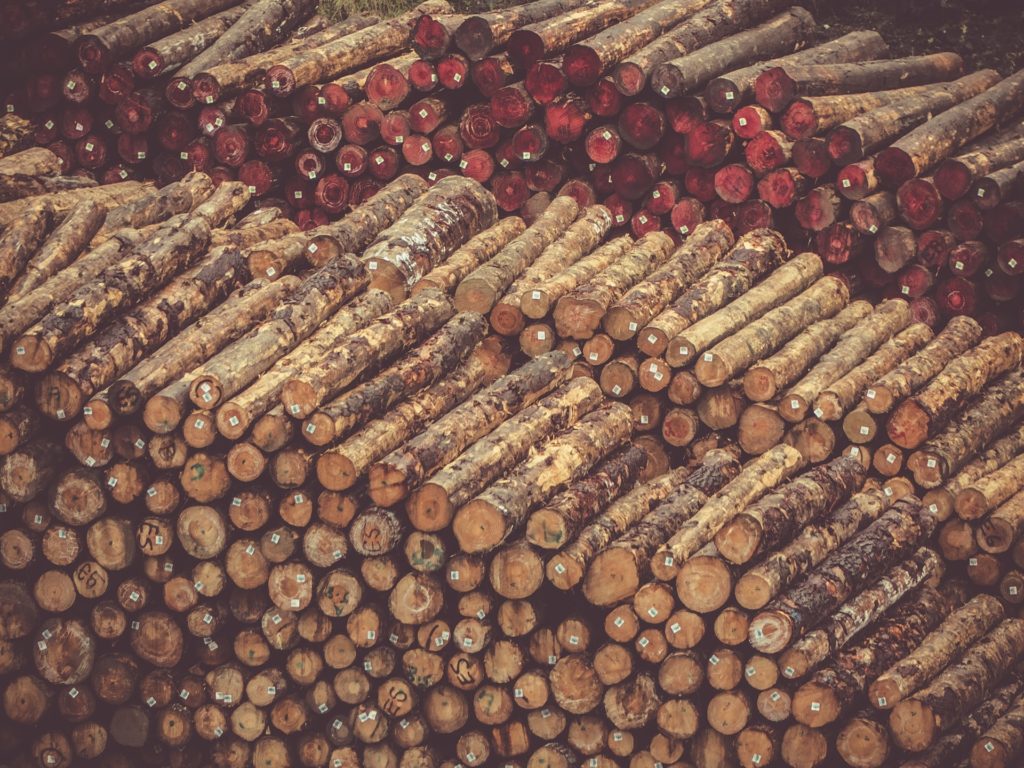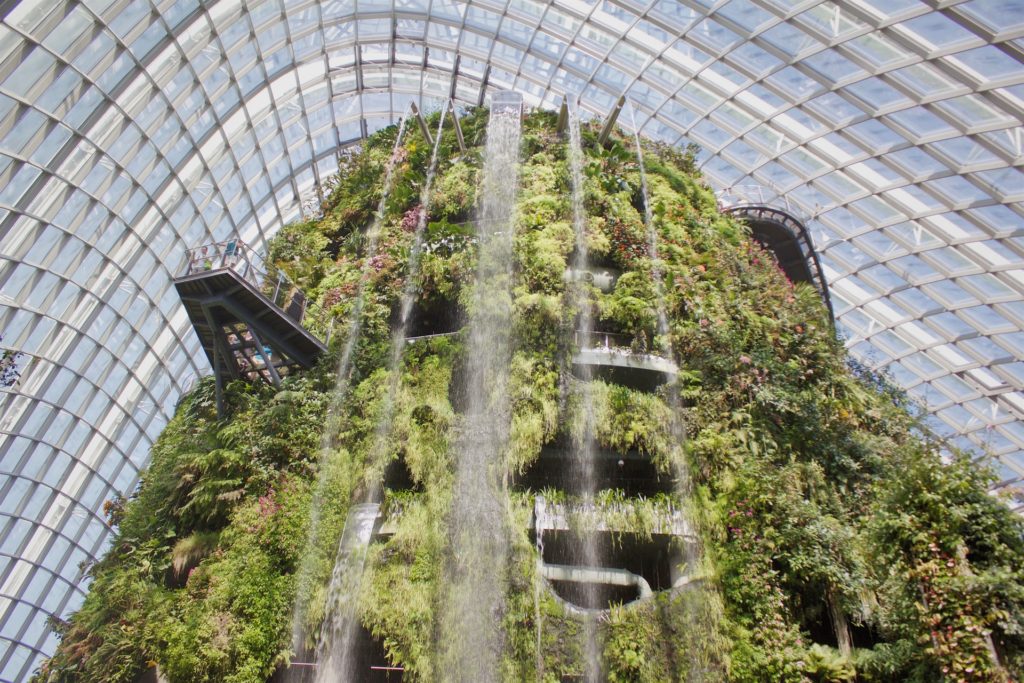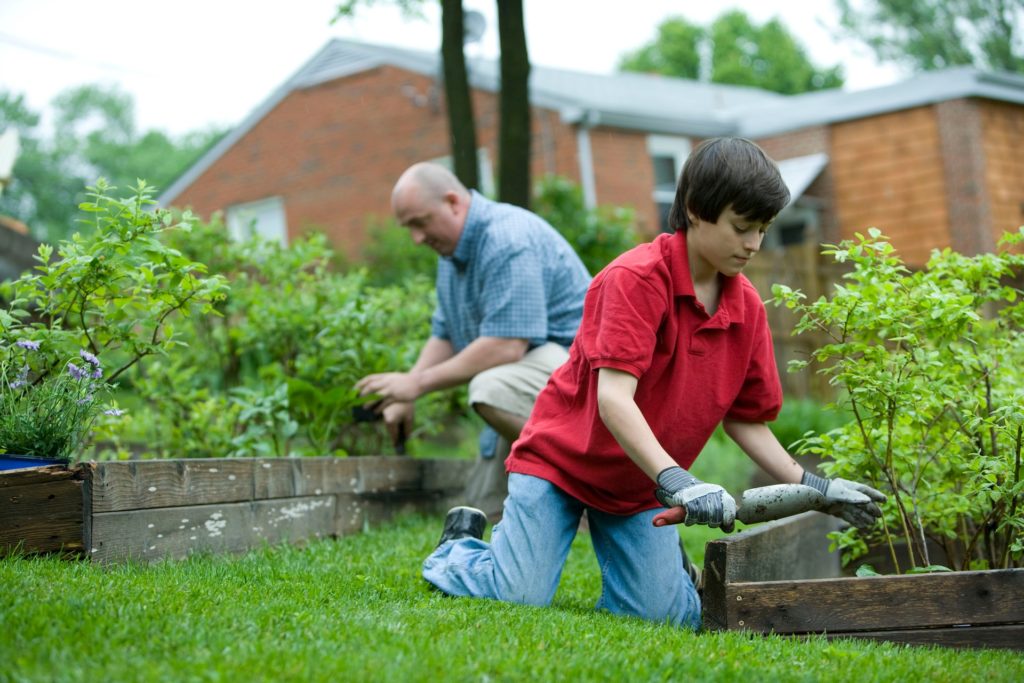No framing of biodiversity issues exists in a vacuum. It interacts with everyday stories about humanity and nature which are already circulating in our culture and bumping together in people’s heads.
In the qualitative element of this study, commissioned by Defra, we identified four big ‘stories’ about our relationship with nature, which have a bearing on how biodiversity issues can and should be framed. (You can download the full report at the foot of this page.)

Nature finds a way
The first story, “Nature finds a way”, turns on the remarkable capacity of natural systems to regenerate or adapt after being damaged, and presents nature as a dynamic equilibrium. The balance of nature is not a precarious state but an active verb, a function of this system. Species have important jobs, but none are irreplaceable: indeed, the history of life tells us that species loss is itself a natural process, and that lost species are replaced by new ones.
The process of growth, adaptation and recovery described by this story inspires awe and wonder in people. It can play an important and central role in a framing of biodiversity issues, with living things positioned as the products and agents of this remarkable natural process.
However, on its own, this story leads people to question whether there is really a problem – since, in the long run, nature will recover from whatever we do. This kind of reflection tends to undermine the crucial ‘risk perception’ element of engagement. This is one of the main reasons why the concept of ‘biodiversity’ is not an engaging framing.

Nature can’t keep up
The second story, “Nature can’t keep up”, turns on the inevitable impact human beings have on nature. Not all human intervention is bad, as many human interventions in nature are positive; but to meet our own needs we do have to have a negative impact in many cases. The ideal is to strike a balance between negative and positive impacts, between human needs and nature. However, we are failing to strike this balance, taking too much, too fast – and not allowing time and space for the natural processes of recovery described by the “Nature finds a way” story to operate.
This second story provides the basis for the ‘risk perception’ missing from the first story. It does so because it keeps the focus on human timescales – unlike the first story, which describes the operation of nature over much larger timescales. A successful framing needs to work with both stories about nature, but to operate exclusively at the human level and on the human timeframes of the “Nature can’t keep up” story. For example, the regenerative capacity of nature could be combined with the need to strike a better balance using concepts such as ‘making time for nature’, ‘creating space for nature’, or ‘helping nature to help itself’.
Care is also needed in the way that the risk is framed. It is important to remember that human intervention can be positive as well as negative, to avoid focusing only on the negative impacts of human activity, and instead to celebrate the positive while highlighting the continuing imbalance between negative and positive.

Humanity finds a way
The third story, “Humanity finds a way”, suggests that humanity will solve the problems it faces without having to rely on the provisioning, regulating and supporting services provided by nature. As such, this story needs to be challenged by a successful framing of biodiversity issues.
Our workshops confirmed previous research which showed stubbornly low awareness of and engagement with provisioning, regulating and supporting services. We hypothesise that this is because, on an everyday basis, we experience human spaces (cities, roads, etc) as created and maintained by excluding or checking natural processes – making it hard to get to grips with the idea that those same human spaces are in fact dependent on natural processes. There is a need to show people how nature works for us (rather than just telling them that it matters or how much it is worth).

Humanity can’t keep up
The fourth story, “Humanity can’t keep up”, concerns not what we are doing to nature but what we are doing to ourselves. For a number of participants, experiences of nature were associated with the idea of a simpler, slower lifestyle, less hemmed in by the structures and demands of modern life. There was a concern that children in the future might lose a sense of connection with nature altogether – and a strong desire to pass on to children formative experiences and knowledge. The idea of nature as a place where one reconnects – with nature, with each other, across generations, with what really matters, with oneself – may be important for framing biodiversity issues for certain people or in certain contexts – e.g. in local community-based schemes.